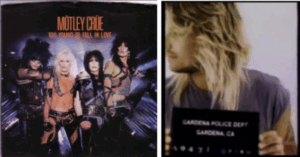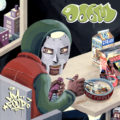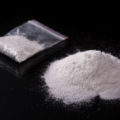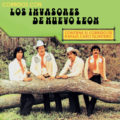
The phrase “sex, drugs, and rock & roll” is usually said with a laugh, as if it’s just part of the wild fun of being a rockstar. But for Mötley Crüe’s Vince Neil, that cliché turned deadly. What was celebrated as the band’s reckless image ended with real lives destroyed when Neil’s drunk driving crash killed his friend and injured two others. His light sentence and quick return to fame raise the uncomfortable question: at what point does the rockstar lifestyle stop being art and start being a crime?
Mötley Crüe exploded onto the Los Angeles rock scene in the early 1980s, quickly becoming one of the most infamous bands of their era. Known for their glam metal sound and even louder lifestyles, the band built its reputation on endless partying and outrageous performances that blurred the line between entertainment and self-destruction. Their music and image were inseparable from the chaos surrounding them, and fans loved them for it. The band’s success was fueled by the very behavior that made them notorious, creating a culture where recklessness wasn’t just tolerated, it was expected. Vince Neil, as the charismatic frontman, embodied this image. The same lifestyle that made him a star set the stage for tragedy.
In December of 1984, Vince Neil left a night of heavy partying and got behind the wheel of his sports car. Riding in the passenger seat was Nicholas “Razzle” Dingley, the drummer of the Finnish rock band Hanoi Rocks. What started as another wild night in the Mötley Crüe orbit ended in disaster when Neil lost control and crashed head-on into another car. Razzle was killed instantly, and two people in the other vehicle were left with severe, lifelong injuries. Neil was charged with vehicular manslaughter and DUI; a crime that, for most people, would have carried years behind bars.
Instead, Neil’s sentence was shockingly light. He served just 15 days in jail out of a 30-day sentence, paid $2.6 million in restitution to the victims, completed 200 hours of community service, and went through rehab. For taking a life and permanently injuring others, Neil was back on stage in less than a month. The sentence sparked criticism even at the time, as it seemed to highlight how celebrity status and money can shield someone from the kind of punishment an ordinary person would face. For Neil, the consequences were temporary, but for Razzle’s family and the survivors of the crash, the impact was permanent.
On one hand, Vince Neil’s art and stardom gave him everything. He had a platform, money, and fame that cemented Mötley Crüe as one of the biggest bands of the decade. On the other hand, the very lifestyle of constant partying, heavy drinking, and drug use that came with that success, directly fueled the tragedy that killed Razzle and injured others. While the victims’ families were left with permanent loss, Neil returned to the band and continued performing as if little had changed. In fact, Mötley Crüe leaned into their reputation for chaos, later celebrating it in their tell-all memoir The Dirt and the Netflix film adaptation. What was reckless and criminal in real life became part of the band’s mythology, further blurring the line between entertainment and accountability
Vince Neil’s case sits at the exact intersection of art and crime. The band’s music and image thrived on excess, rebellion, and danger. When that performance spilled off stage, it became criminal. The death of Razzle Dingley was not just collateral damage of a reckless night, but proof of how quickly the band’s reckless image could spill into real life. What began as a band built on music and performance ultimately ended in blurred lines between art and crime.








I think Vince Neil definitely should have served a longer, less temporary sentence. I like how you brought up, when do we draw the line between crime and art. This seems like an instance in which the rock and roll star was no longer doing normal rock star activities, his actions had consequences and resulted in permanent damage and the loss of a life. Money, a platform, and following have and continue to get celebrities out of trouble.